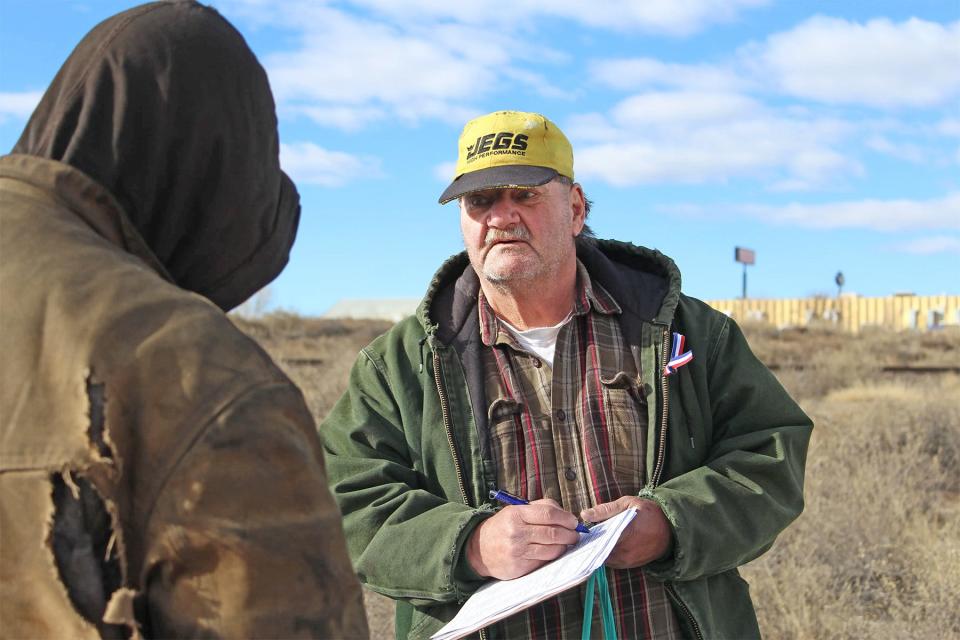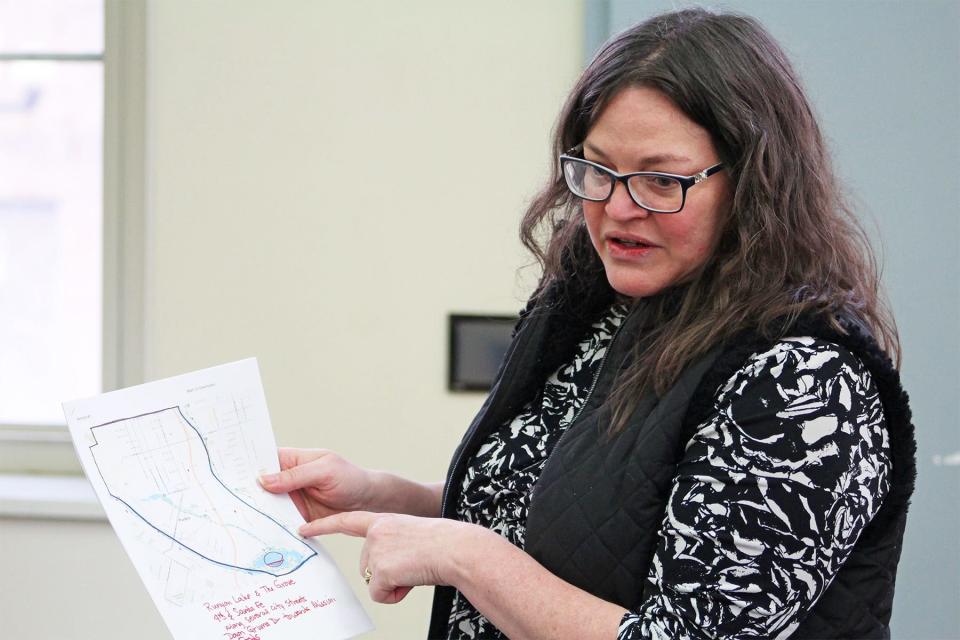Survey: Pueblo had second largest share of homeless in non-metro, rural Colorado counties
Pueblo had the second largest share of homeless people in counties outside of El Paso, metro Denver and northern Colorado, according to a point-in-time count of sheltered and unsheltered people living in those areas.
Pueblo accounted for 16% of the 2,210 people who were homeless at the time of the count, which tallies the number of homeless who are sheltered and unsheltered on one night in January. Only Mesa County at 27% ranked ahead of Pueblo among the more than two dozen counties that participated in the count. Bent County had the third highest share of homeless with 8%.
Although 359 people in Pueblo participated in the survey, that number is considered an undercount and not an accurate representation of the unhoused population in the county. Some local homeless advocates suspect the actual number is much higher.

Results in the survey also include self-reported conditions such as chronic illness, mental illness or substance use disorder. Of the people that were surveyed across all counties, more than two-thirds reported having at least one disabling condition while 36% said they were chronically homeless.
Chronic homelessness is defined by the U.S. Department of Housing and Urban Development as being continually homeless for at least one year or being homeless on four separate occasions in the past three years while reporting a disability.
Pueblo had notable distinctions in its count when compared to the other participating Colorado counties, including a higher rate of older adults and people reporting chronic homelessness. It also had a greater rate of people who reported having a chronic illness.
Because the survey relies on self-reporting from respondents, the data may be limited as people might not disclose information about their conditions or don’t realize they have one, according to the Colorado Coalition for the Homeless.

Teah Miller, one of the regional point-in-time count coordinators for Pueblo County, said it can be difficult to determine “cause and effect” for Pueblo’s distinctions because of the nuances within the data. But she said it does say “what our population is made up of and that we need to respond to those needs.”
All the data for Pueblo were collected within city limits. The count helps community organizations interpret that county’s response to the crisis, apply for funding and uncover unidentified needs of the local unhoused population.
Pueblo had higher rate of chronic homelessness, chronic illness
Of the people in Pueblo surveyed at the time of the count, 37% reported being chronically homeless. Across all Colorado counties, 35% of participants reported chronic homelessness.
Pueblo similarly had a higher rate of people reporting a chronic illness, at 37%, than the rest of the participating counties, which tallied that metric at a combined 25%.
Paul Montoya, a homeless advocate who visits Pueblo areas where unhoused people live almost daily, said he has helped people who tell him they have a chronic illness. Some of them don’t seek medical attention for it because they’re unwilling or feel embarrassed about their appearance, he said.
More: Point-in-time count sheds light on barriers, hardships facing Pueblo's unhoused
Pueblo's homeless population skews older than other counties
More than 40% of Pueblo participants in the count reported that they were between the ages of 45 and 64. Nearly 20% said they were between 35-44 and 14% reported their age as between 25-34.
There was a higher rate of people (21%) between 55-64 in Pueblo compared to the rest of the participating counties, which totaled 17% for people in that age range.
Montoya said he frequently encounters people who are older among Pueblo's homeless population. He said some of them became homeless because they could no longer afford their rent.
In the total count, adults ages 25 to 64 were overrepresented compared to people 65 and over and between the ages of 18 and 24.
Other circumstances and conditions people said led to homelessness
More than 50 people from Pueblo said in the survey they had a serious mental illness and 33 reported having a substance abuse disorder, both at similar rates to what was captured in the total count. Nearly 60 people reported experiencing post-traumatic stress disorder.
More than 20 said they were veterans and a similar amount reported they were fleeing domestic violence.
There were more Pueblo males than females among participants in the count, a trend that was matched across participating counties.
The report also found that compared to the general populations of the participating counties, people of color were more likely to be homeless.
Chieftain reporter Josue Perez can be reached at JHPerez@gannett.com. Follow him on Twitter @josuepwrites. Support local news, subscribe to The Pueblo Chieftain at subscribe.chieftain.com.
This article originally appeared on The Pueblo Chieftain: Point-in-time count data sheds light on Pueblo's homeless population

